Before there were photographers, there were painters. These painters helped pave the way for our photographic endeavors through their dedication to studying light. Fortunately, much of what these “Old Masters” knew have been passed down to us and established themselves as the fundamentals of photographic lighting. Through studying the works of the painters such as the English Masters, we can better understand how to utilize light to create impactful photographs outdoors.
Let's take a look at some examples as we examine five lessons that the English Masters can teach us.
1. Direction
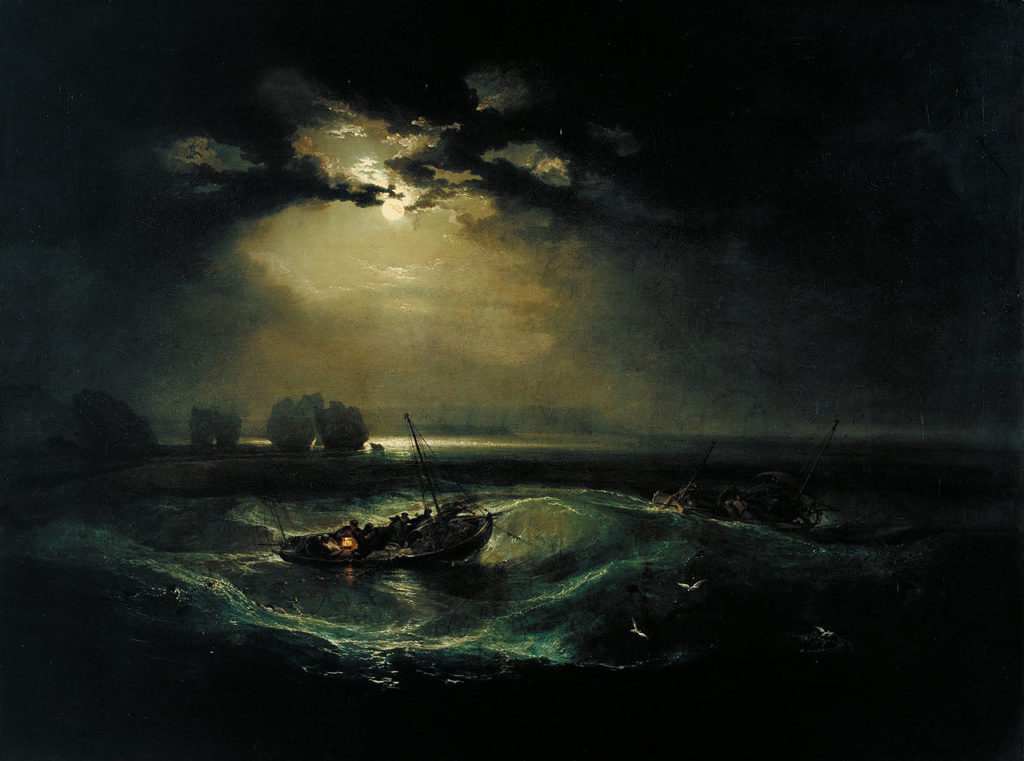
Typically, directional light is high in contrast and provides an image with interesting light and shadow. Interesting being the operative word here, the works of the English Masters paint plentiful examples of how directional light can be used to add engaging contrast to an image.
In J.M.W Turner's painting, Fisherman At Sea, we see a great example of how the directional light adds drama, interest, and intrigue to the scene. Turner's command of natural light is evident in many of his paintings. It is rumored, in fact, that Turner's last words, spoken right before his death were, “The sun is god.”
2. Use Of Shade

Ever notice how in painted portraits the subject is never out in the open? More often than not, the artist painted their subjects as they were next to a building, wall, or under a cluster of trees? The shade provided by such objects is referred to as open shade in the photography world and is used to help soften the overbearing light of the sun when it's overhead. Photographing subjects in open shade gives the lighting a more even look, and can help to eliminate unwanted shadows on the subject's face and overall appearance.
3. Contrast And Guiding The Eye
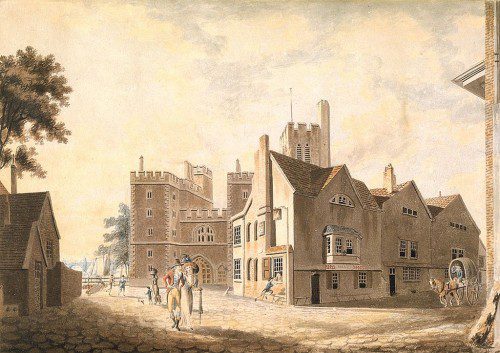
Similar to the way painters use open shade to “light” their subjects, the use of shadows and light can also be used to help guide a viewer's eye to a specific point in a photograph. One way a photographer accomplishes this is by incorporating leading lines into their images. Painters, too, often used leading lines, but whereas photographers typically use a road or pathway, painters sometimes used light and shadow to help accentuate the effect as you can see in Turner's painting, above.
4. Color
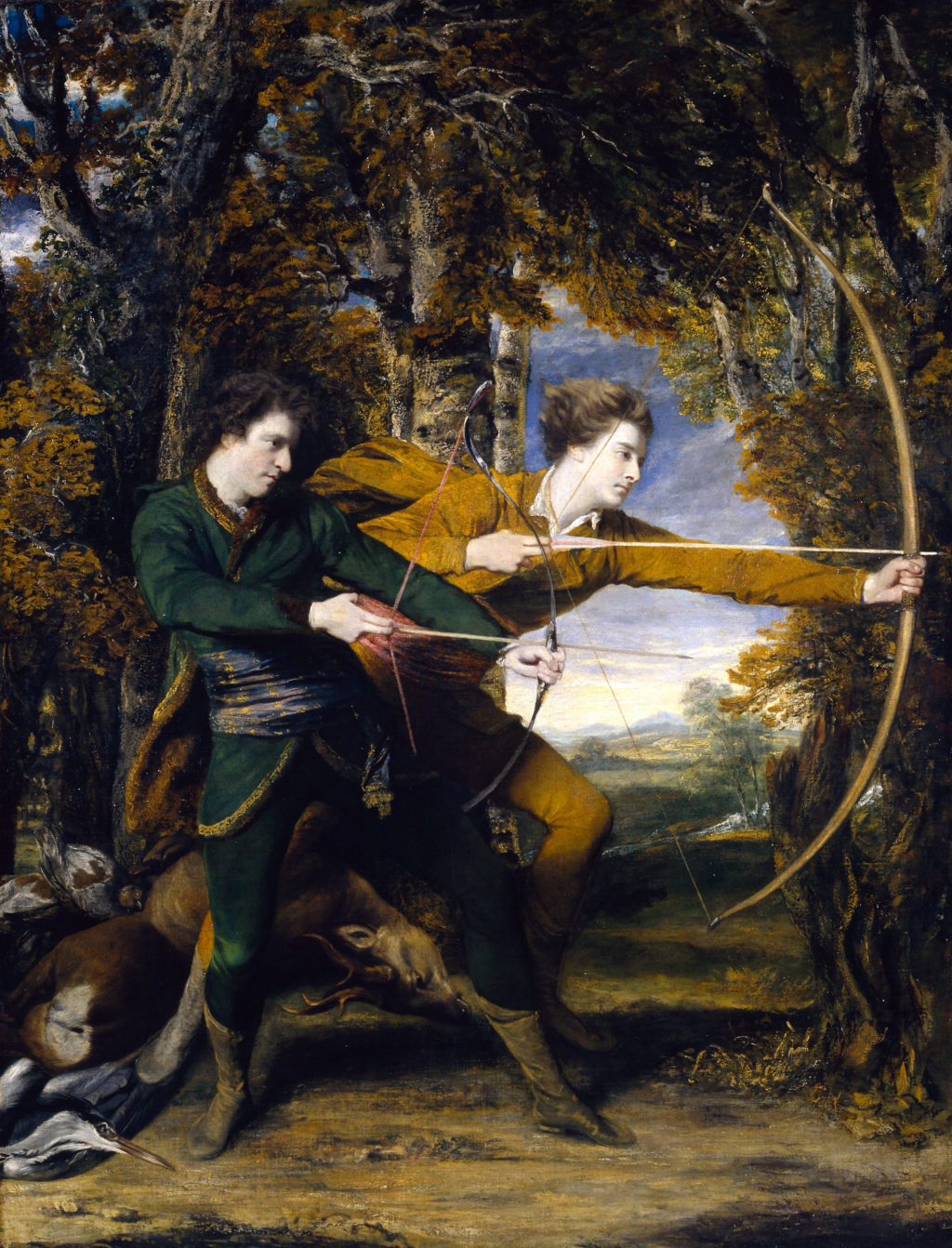
Color theory is another important aspect in photographic composition and also one that is commonly underutilized. In the painting above, notice how all the colors are complimentary to one another? They are not distracting, nor do they clash. In fact, Joshua Reynolds, has taken color theory one step further and used his color choices to aid in drawing the eye to the subjects. Reynolds very cleverly placed the archer wearing bright colored attire near the middle of the portrait to compliment the bright opening of light in the background of the portrait. The archer wearing the dark color clothes, while still remaining relevant to the story, is slightly off center and closer to the shadows. This placement of color in relation to the lighting helps create a natural frame around the two archers.
We can do this also when composing, or looking for interesting compositions in nature. Pay attention to the way colors and light play and interact with each other. Try moving them (or yourself) around to create a more clear focus point.
5. Storytelling
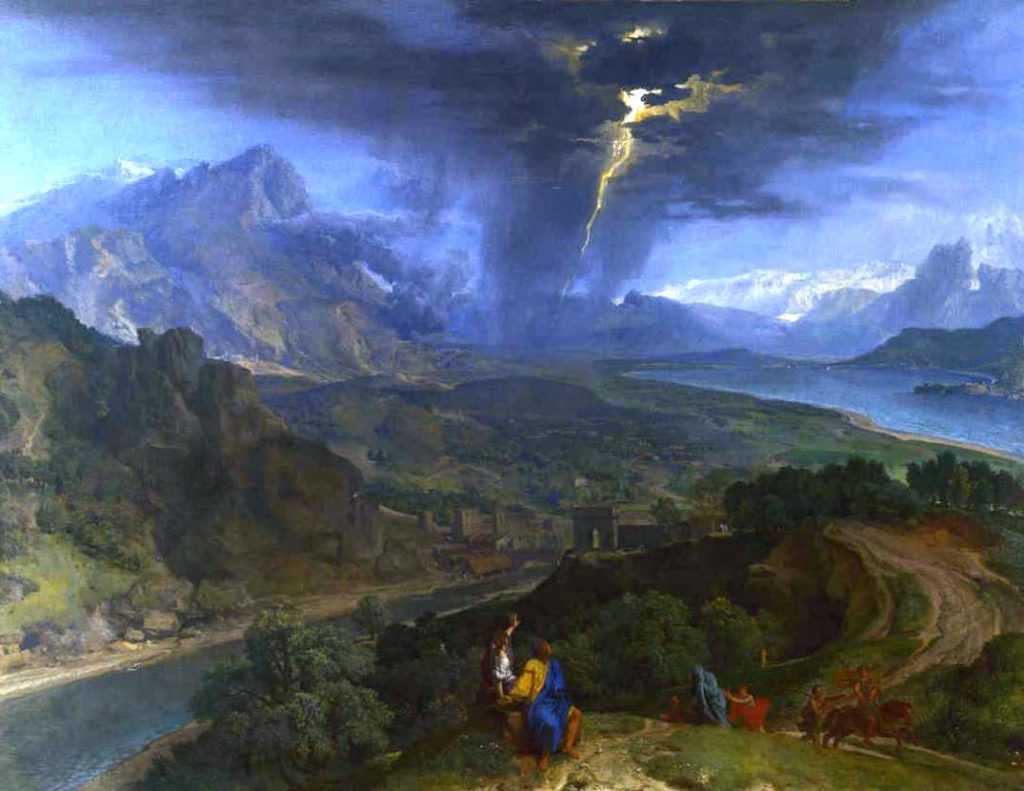
As illustrated in Jean-Fraincois Millet's Mountain Landscape, the light plays a very integral and obvious part in the story the image is telling. One of the first things that is noticed in the painting is the shot of electric light shooting down from the sky. This is obviously a storm approaching. What's really interesting about this image is Millet's composition and use of the light to help draw focus to the next important part of the story, the people in the foreground that are moving away from the storm. This composition goes to confirm how important light can be to a photo, and how it can be used as subject matter to aid in the telling of the story.
How Art History Also Influence The Future Of Art
While the English Masters offer a wealth of knowledge, many other master painters can do the same. In a past article, How Art History Can Improve Your Photography, we discuss the works of other Old Masters to help you build a better foundation which you can use to grow as an artist yourself. As Lightstalking reader Gonzolo explains in the comments section of that article, “We usually focus our attention so much in the “latest” and “trendiest” that we tend to forget the origins and foundations that led to the point where things are now. Not only in photography, but in any other art, it’s of the uttermost importance to study the origins to understand the present.”

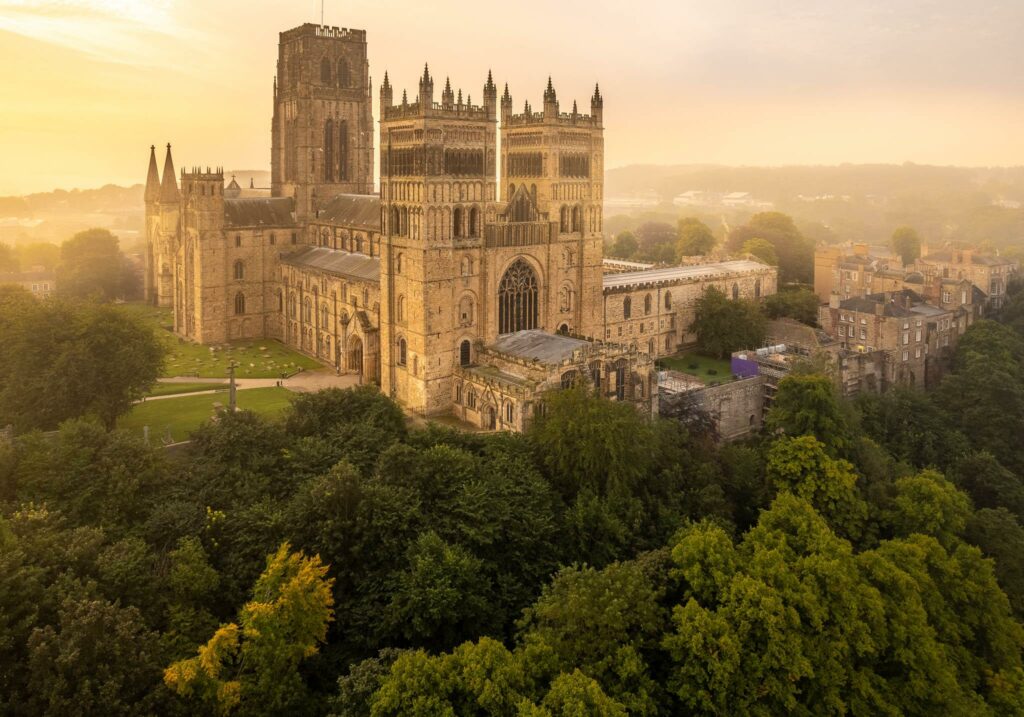



3 Comments
Thank you for this. I often find inspiration from paintings and look to see what it is in the compositional elements that painters used. As a photographer I have to find these elements in reality, although we can manipulate them, whereas painters can create them on canvas, although often from reality. I especially enjoy Turner’s paintings myself.
What a wonderful article and the paintings you chose were exceptional. Thanks for writing this. Think I will go to a museum and/or art gallery this weekend.
Excellent Read , thank you 😉